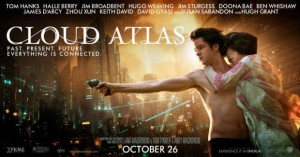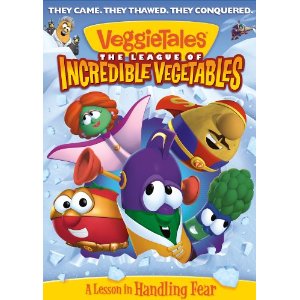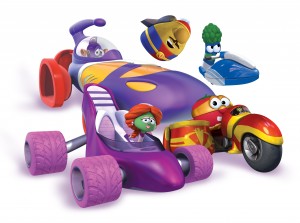100 Years of Tarzan
Posted on October 28, 2012 at 3:25 pm
The Washington Post has a wonderful tribute to Tarzan in honor of the 100th anniversary of first Tarzan story by Edgar Rice Burroughs, with a fascinating gallery of portrayals of this now-iconic character. Burroughs had no special calling to be a writer. According to Neely Tucker’s story in the Post, after a series of unsuccessful jobs,
Burroughs was suddenly in his mid-30s and pawning his wife’s jewelry for cash.
And then — there’s always a “and then” in these kinds of stories — he was reading a pulp magazine, checking to see whether his company’s ads were correctly placed. He thought the magazine’s stories were so lousy that even he could write better.
So he sat down and wrote a science-fiction piece, “Under the Moons of Mars,” and sold it to All-Story. (Today, you know this tale as “John Carter,” the Disney film from earlier this year.)
He sold it for $400, roughly the modern equivalent of $9,300. This got his attention.
“I was not writing because of any urge to write nor for any particular love of writing. I was writing because I had a wife and two babies,” he later told an interviewer. “I loathed poverty and I would have liked to put my hands on the party who said that poverty is an honorable estate.”
The character of Tarzan was an instant sensation, and Burroughs was a good enough businessman that he not only copyrighted his stories, but he trademarked the character. Copyrights expire, but trademarks do not. Burroughs wrote two dozen Tarzan books but the character is best known for its many popular movie and television versions, from Elmo Lincoln’s portrayal in the silent era to an animated Disney feature film with music by Phil Collins.
http://www.youtube.com/watch?v=U6BlkuifHi0My favorite is still the classic with swimming champion Johnny Weissmuller and Maureen O’Sullivan.
Burroughs’ version of Tarzan was highly educated (he had the books left behind by his late parents and was able to speak many languages). But what makes the character so enduringly appealing over a century is the idea of him as completely isolated from civilization, raised in the jungle, and giving us a chance to consider the deepest questions about what makes us human at the same time as we have the pleasure of imaging ourselves, like Tarzan, Jane, Boy, and Cheetah, swinging through the trees.




